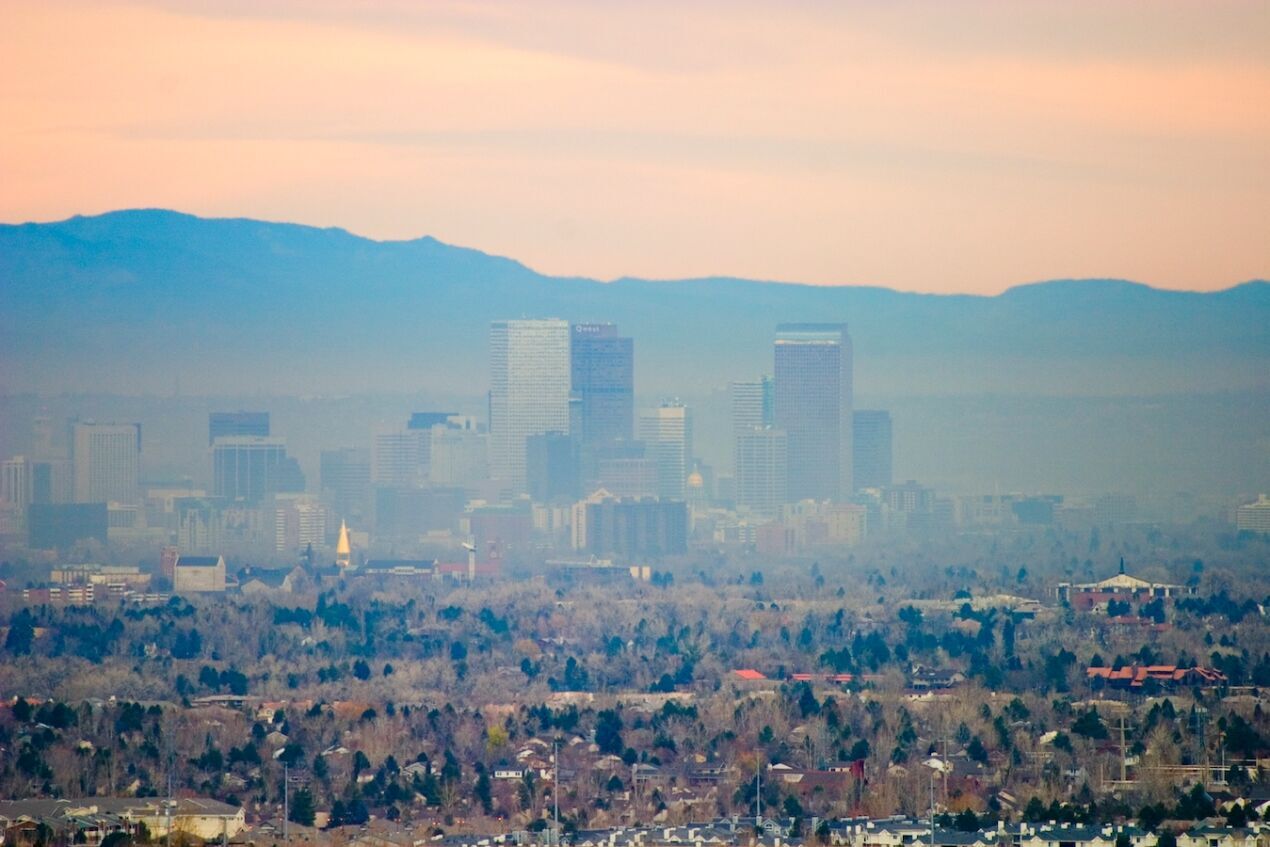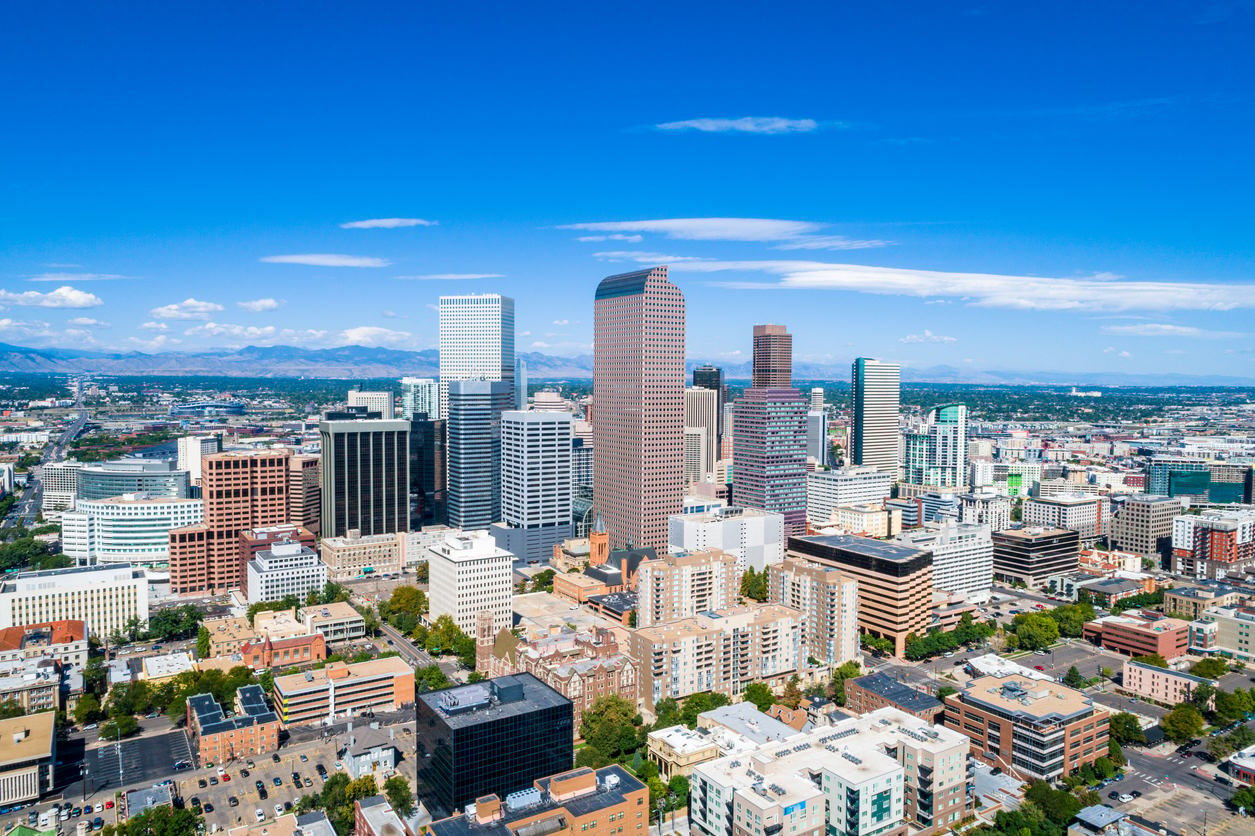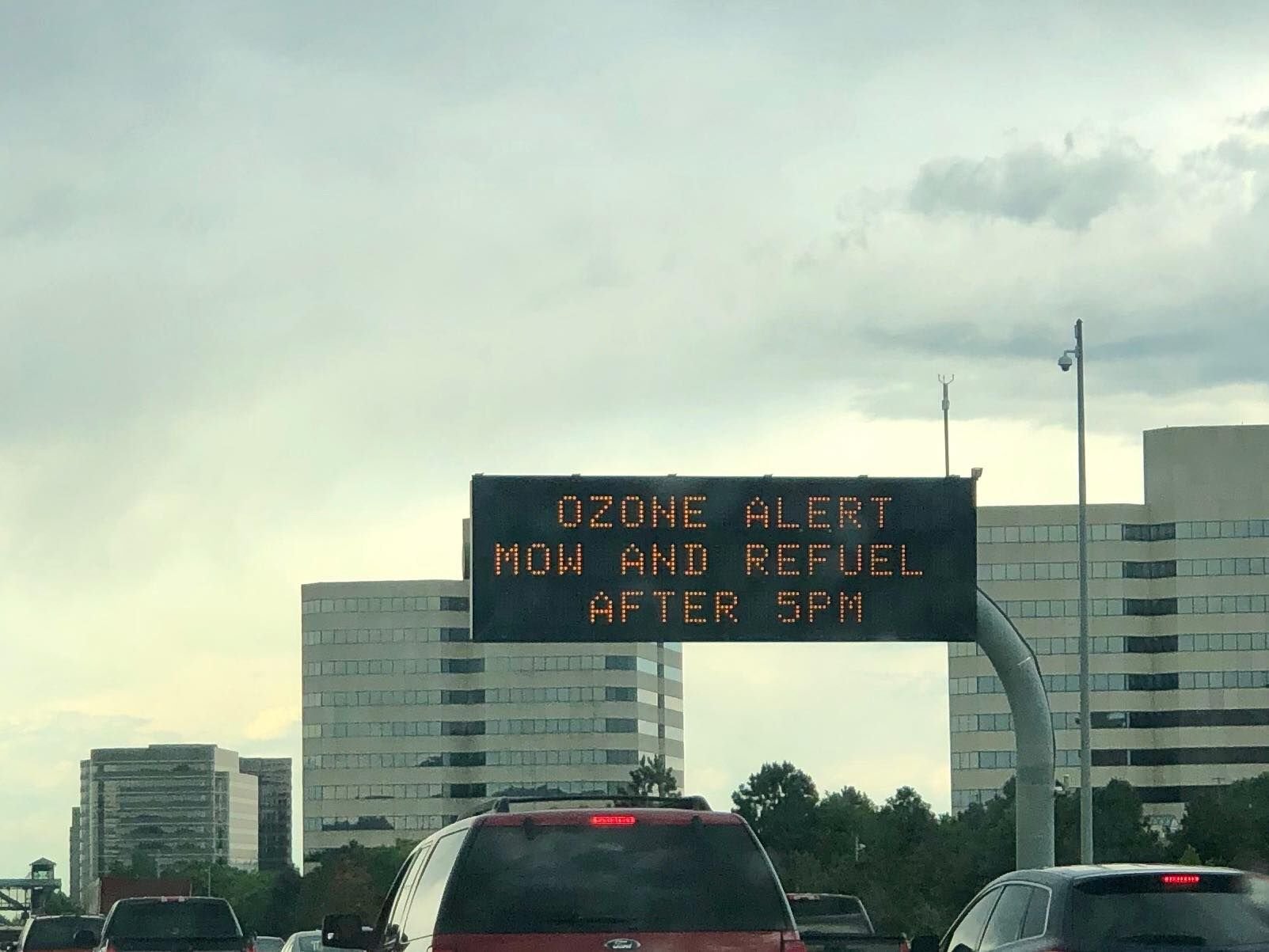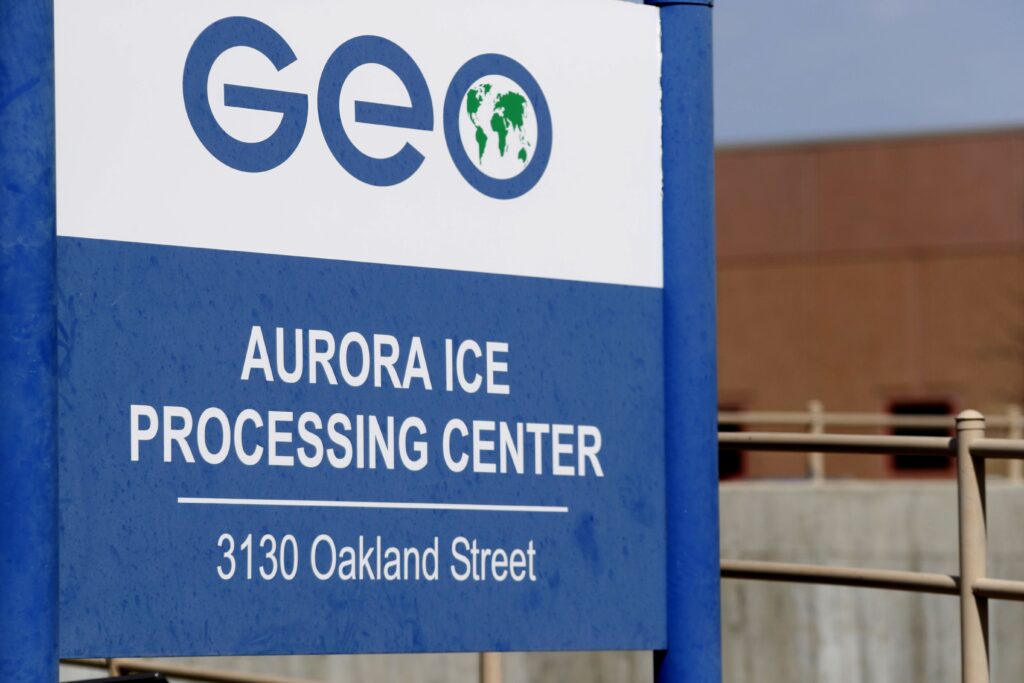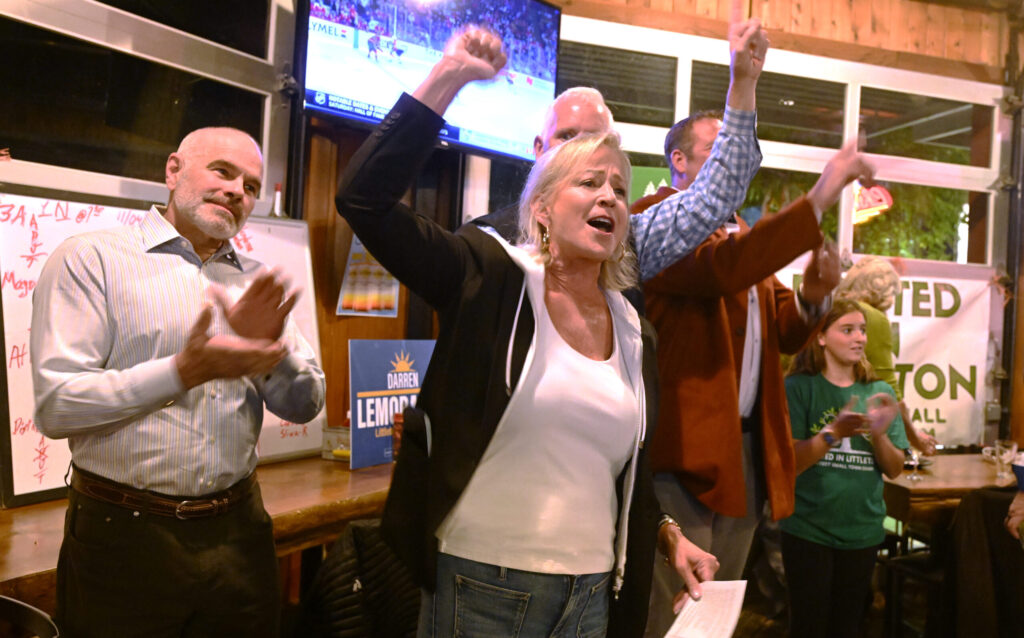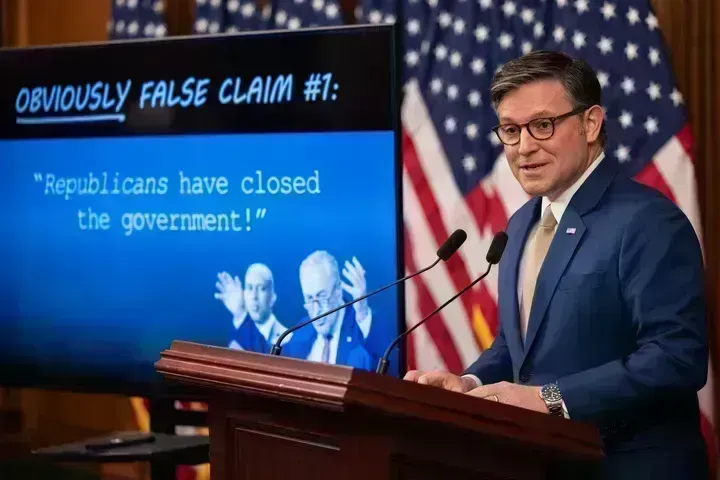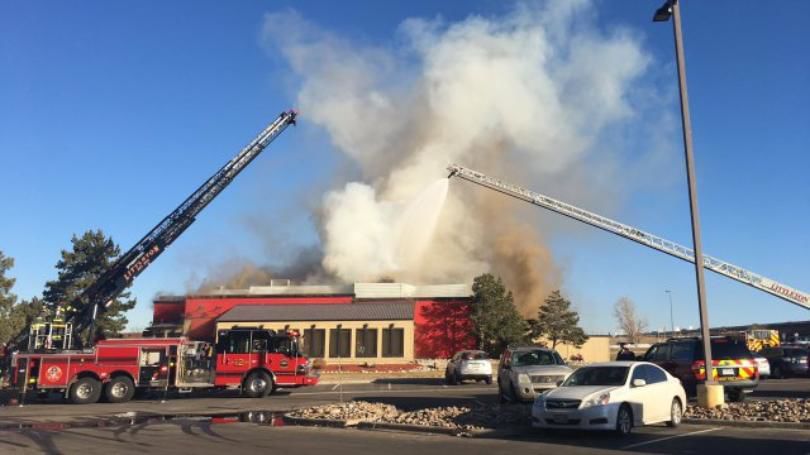Environmental groups petition EPA to reconsider Colorado’s ozone management plan

Environmental organizations 350 Colorado and the Center for Biological Diversity filed a federal lawsuit challenging the Environmental Protection Agency’s approval of Colorado’s plan to reduce ozone pollution along the northern Front Range.
In a news release, the organizations claim the Colorado plan doesn’t go far enough because “Colorado’s plan did not adequately rein in pollution from fracked oil and methane gas.”
“The EPA’s approval of this pollution-reduction plan, which we already know has failed, could have been straight out of George Orwell’s dystopian novel, “1984,” said Robert Ukeiley, an environmental health attorney at the Center for Biological Diversity, in the release. “This government embrace of a plan that has already failed means the fracked gas and oil industry gets to keep spewing out pollution that causes asthma attacks and even death.”
Colorado’s emissions bill abandons trip reduction plan, expands ozone pollution regulations
Dan Haley, CEO of the Colorado Oil and Gas Association, said in a statement to the Denver Gazette that “Their claim that Colorado exceeds the ozone standard ‘because Colorado’s plan did not adequately rein in pollution from fracked oil and methane gas’ is simply wrong.”
The state’s air plan has been in the works since before Gov. Jared Polis took office in 2019.
The region – comprising eight counties including Jefferson, Boulder, Larimer, Denver, Jefferson, Douglas, Arapahoe, Adams, and Weld counties that have had seasonal problems with ozone levels for decades – was declared a “nonattainment” region in 1978, when ozone levels exceeded 120 parts per billion, the 1978 EPA national ambient air quality standard.
In 2018, the EPA reclassified the region from the “moderate” to “serious” non-attainment category, which triggered revisions to the state implementation plan (SIP). The plan informs EPA how Colorado will meet the ozone standards by 2027.
EPA downgraded the region to “severe” in April, which triggered a requirement for reformulated gasoline that could cost 54 cents per gallon more than regular unleaded fuel. The requirement takes effect in 2024.
“The EPA smog standard is 75 parts per billion,” said Ukeiley. “But Front Range smog levels were 81 parts per billion in summer 2020, with the highest levels experienced at the National Renewable Energy Lab (NREL) pollution monitor in Jefferson County. The pollution monitor at Chatfield State Park in Douglas County experienced similar levels.”
EPA finalizes ‘good neighbor’ rule to limit cross-state pollution from coal plants
In the fall of 2021, during the COVID-19 pandemic, modeling data from the Regional Air Quality Council showed that of the seven air quality monitors that exceeded the federal ozone limit of 75 parts per billion at one time or another during the year, between 36 and 39 parts per billion, were attributable to out-of-state sources, said Christy Woodward, senior director of regulatory affairs for the Colorado Oil and Gas Association.
The state Regional Air Quality Council, the lead air quality planning agency for the Denver metropolitan area and the Denver Metro/North Front Range Ozone Non-Attainment Area, acknowledges the problem of imported and natural ozone-creating chemicals.
“We essentially assume that we have control of about 25 to 30% of the ozone in our region,” said Mike Silverstein, RAQC’s Executive Director during an online press briefing last July. “And that’s what we’re responsible for developing strategies for to control.”
One of the problems the region has is topography and the fact that the majority of volatile organic compounds that can contribute to the creation of ozone, more than 60% of them, come from natural, uncontrollable “biogenic” sources, such as methane produced by decomposition in wetlands and lakes, according to Haley.
Ground-level ozone is not emitted directly into the air. Rather, it is created by complex chemical reactions between nitrogen oxides (NOx) and volatile organic compounds (VOC), and, to a lesser extent, carbon monoxide (CO), in the presence of sunlight, say air pollution experts.
According to Haley, oil and gas produce, on average, between 3-7% of total ozone in the non-attainment area.
Metro Denver residents face mandate to buy more expensive gas blend after EPA air quality downgrade
“On days with the highest ozone reading at NREL, all local man-made ozone only account for about 20 ppb out of 71 ppb, i.e., not even 30%,” said Haley in a May 3 blog post. “Of this 20 ppb, only 12% (2.6 ppb) of man-made ozone is attributable to oil and gas. Again, that’s 2.6 ppb out of 71 ppb. This means oil and gas only account for 3.6% of ozone at NREL when considering all sources.”
“Like all Coloradans, we value cleaner air in our state, which is why our industry has reduced emissions of Volatile Organic Compounds (VOCs) in the non-attainment area by nearly 60 percent while still producing a vital resource every Coloradan needs,” said Haley. “However, it is clear that the Center for Biological Diversity and 350 Colorado will always blame oil and gas for ozone pollution and will often demand a total statewide shutdown rather than acknowledging the data.”
In a statement to the Denver Gazette on Wednesday, Ukeiley also said that if the court finds either the EPA or the state improperly approved the SIP, in addition to more stringent limits on oil and gas operations, “the amount of ozone forming pollutants cars and trucks in the Denver Metro/North Front Range area are allowed to emit would be lowered.”
